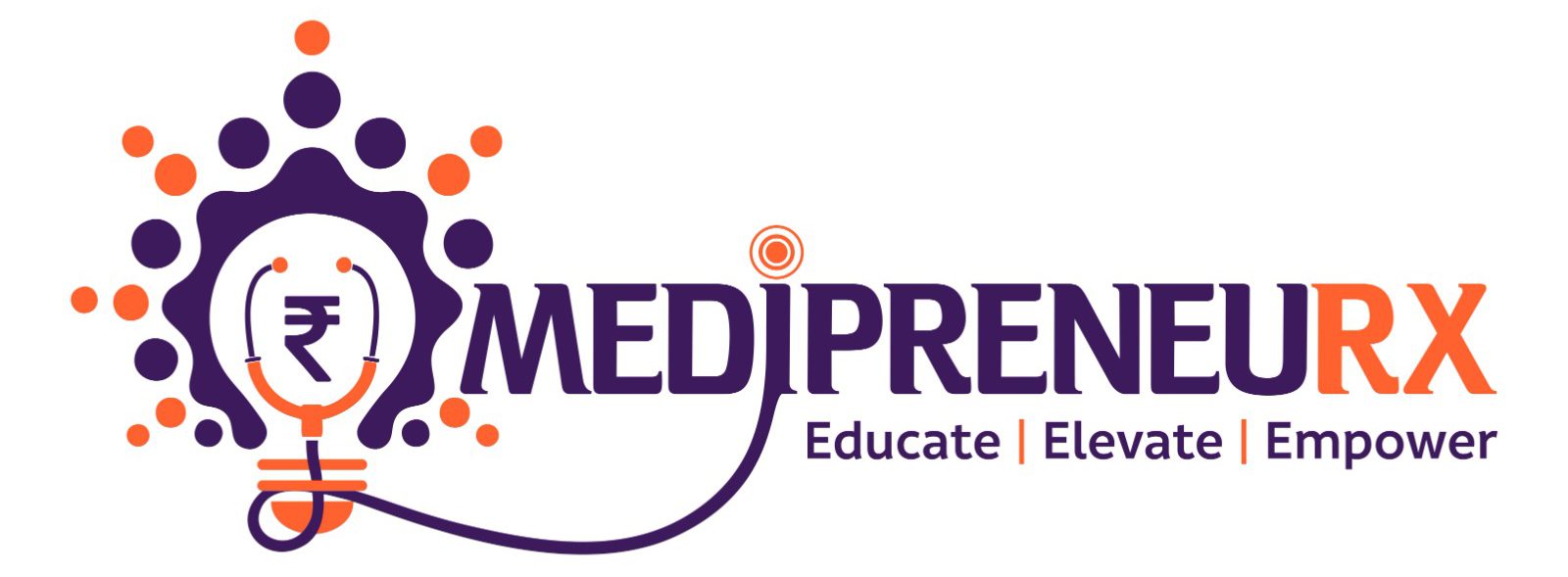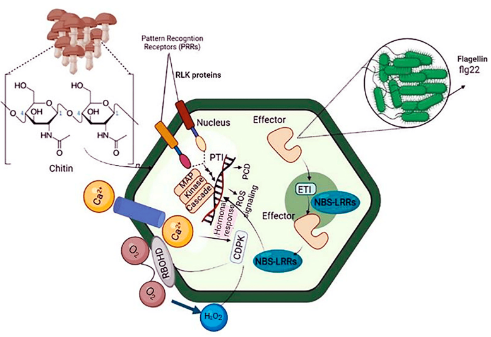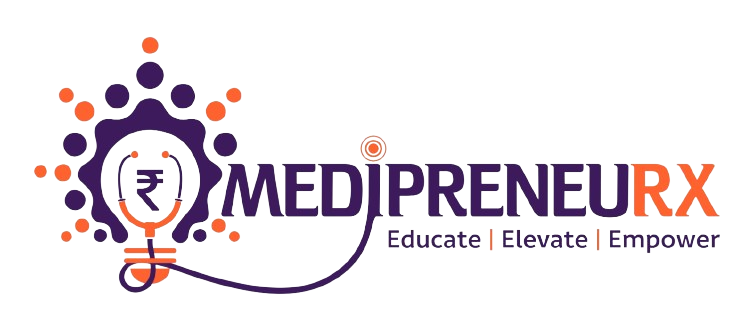Effective communication in healthcare is more than just a crucial skill—it is the bedrock upon which quality care is built. In an environment where clarity, empathy, and understanding are paramount, the way healthcare professionals communicate can significantly impact patient outcomes, satisfaction, and overall health experiences. This blog delves into the significance of effective communication in healthcare, the challenges faced, and strategies for enhancing communication to improve patient care.
The Importance of Effective Communication in Healthcare
- Enhances Patient Understanding: Clear and accurate communication helps patients understand their diagnoses, treatment options, and care plans. When patients comprehend their health conditions and the rationale behind treatment choices, they are more likely to adhere to medical advice and make informed decisions about their health.
- Builds Trust and Rapport: Effective communication fosters trust between patients and healthcare providers. When patients feel listened to and respected, they are more likely to share crucial information about their health, which can lead to more accurate diagnoses and better treatment outcomes.
- Reduces Errors and Misunderstandings: Miscommunication in healthcare can lead to errors, such as incorrect medication administration or missed follow-up appointments. Clear communication practices help minimize the risk of misunderstandings and ensure that instructions and information are conveyed accurately.
- Enhances Patient Satisfaction: Patients who have positive interactions with their medical professionals are more likely to express satisfaction with their treatment. Better patient participation and commitment to treatment programs can result from this satisfaction, which can eventually improve patient outcomes.
- Encourages Team Collaboration: In a medical context, good communication goes beyond exchanges between doctors and patients to include teamwork among healthcare professionals. Coordinated and comprehensive patient care is ensured by team members maintaining open lines of communication.
Common Challenges in Healthcare Communication
- Medical Jargon: Patients may find it puzzling when healthcare providers employ technical phrases and medical jargon. Patients could not fully understand their health conditions or treatment plans as a result, which can cause misunderstandings and anxiety.
- Time Restrictions: The amount of time healthcare professionals may spend with each patient may be limited by hectic schedules and a high patient load. This may have an impact on the effectiveness of communication, making it challenging to fully address every patient problem.
- Language and cultural barriers: Patients with varied cultural backgrounds may have different health beliefs and communication techniques. Ensuring that all patients receive clear and culturally relevant information can be challenging due to language hurdles and cultural differences.
- Emotional Reactions: Patients may go through a spectrum of feelings, such as fear, anxiety, or frustration, which can hinder their capacity for clear and concise communication. When providing care, providers need to be skilled at controlling these emotional reactions.
- Technological Difficulties: There may be communication hurdles arising from the growing use of electronic health records and other technology. The human connection between patients and caregivers might be undermined by technical problems or impersonal encounters through displays.
Strategies for Effective Communication in Healthcare
- Employ basic English: When describing medical conditions, procedures, and treatment alternatives, stay away from medical jargon and stick to basic, understandable English. Effective communication requires that patients comprehend the information being given.
- Active listening is paying close attention to patients, acknowledging their worries, and considering what they have to say. In addition to strengthening the bond between the two parties, this demonstrates to patients that their opinions are respected.
- Encourage Questions: Establish a setting where patients are at ease to ask inquiries. Invite them to share any worries or doubts they may have regarding their care and health. Addressing these questions can help clarify information and enhance understanding.
- Provide Written Information: Supplement verbal communication with written materials, such as brochures, care instructions, or educational resources. Written information can help reinforce key points and provide a reference for patients to review later.
- Be Culturally Sensitive: Recognize and respect cultural differences in communication styles and health beliefs. Take the time to understand patients’ cultural backgrounds and adapt your communication approach to meet their needs.
- Use Non-Verbal Communication: Pay attention to non-verbal cues, such as body language, facial expressions, and tone of voice. Non-verbal communication can provide additional context and help convey empathy and understanding.
- Ensure Follow-Up: Schedule follow-up appointments or check-ins to review progress, address any ongoing concerns, and answer additional questions. Regular follow-ups can help reinforce the communication and support continuity of care.
- Training and Education: Invest in communication training and education for healthcare providers. Training programs can enhance skills in interpersonal communication, empathy, and cultural competence.
Conclusion :
Effective communication is a fundamental aspect of quality healthcare that significantly influences patient outcomes and satisfaction. By prioritizing clear, empathetic, and respectful interactions, healthcare professionals can build stronger relationships with patients, reduce misunderstandings, and improve the overall quality of care. Embracing strategies to overcome communication challenges and enhance skills can lead to more successful and meaningful patient interactions, ultimately fostering a more compassionate and effective healthcare environment.








